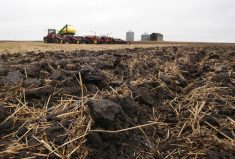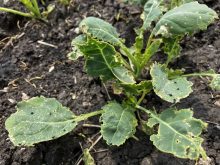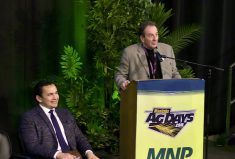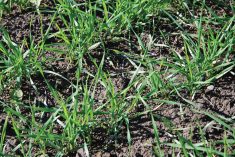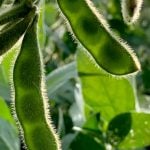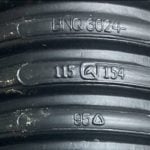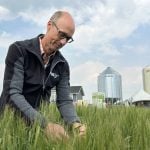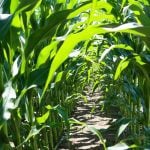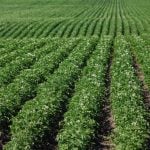Keystone Agricultural Producers (KAP) continues to build a case for an AgriRecovery program to assist Manitoba farmers who couldn’t seed or lost crops due to flooding or excessive moisture this season.
“We’re continuing to engage as many members as we can to get information and provide supporting rationale for a program,” KAP president Doug Chorney said in an interview July 24.
Meanwhile, the Manitoba and Saskatchewan governments, while not rejecting AgriRecovery, haven’t committed to it either.
“There were enhancements made to AgriInsurance to address impacts to unseeded land and forages since the 2011 flood,” Mike Lesiuk, an acting assistant deputy minister with Manitoba Agriculture, Food and Rural Development, said in a statement. “We are continuing to work with industry to assess the conditions, and monitor progress on crop and livestock feed needs to determine the most effective and appropriate response for recovery.”
Read Also

Manitoba sees cabbage seed pod weevil surge
Cabbage seed pod weevil has crossed into true canola pest territory in Manitoba this year, following years of minimal population counts
- More from the Manitoba Co-operator: Short-term aid, long-term solutions needed
Not at this time
Saskatchewan is doing much the same, an official said in an email, adding: “At this time an AgriRecovery assessment is not being pursued.”
Despite earlier reports to the contrary, federal Agriculture Minister Gerry Ritz hasn’t ruled out AgriRecovery — a program designed to fill gaps in other farm programs.
Two weeks ago at the conclusion of the federal, provincial, territorial agriculture minister meeting in Winnipeg, Ritz left the impression with KAP and reporters that AgriRecovery was not an option. But Ritz’s office said later the minister was ruling out AgriRecovery for the same event over multiple years.
“I think they (Ritz’s office) definitely felt the heat after all the media coverage last week,” Chorney said. “I’m sure a lot of supporters were phoning them and emailing. There are a lot of people pretty worked up about it.”

KAP is working on ideas for AgriRecovery in co-operation with the Manitoba Beef Producers and thinks the 2011 AgriRecovery program is the place to start. It topped up Excess Moisture Insurance and helped cattle producers get winter feed.
But changes under Growing Forward 2, the federal-provincial agreement on farm programs, appear to prevent AgriRecovery payment in areas covered by existing plans such as AgriInsurance. Chorney argues that with an estimated $1 billion in losses AgriInsurance and AgriStability aren’t enough.
Half as much
Today’s AgriStability program would only pay farmers half as much as it did following the flooding in 2011, Chorney said. That’s because farmers’ program year margins will have to decline 30 per cent, instead of 15 per cent, to trigger a payout and because payments are now based on either a farmer’s reference margin or his or her allowable expenses, whichever is lower. Allowable expenses cover only 60 to 70 per cent of farmers’ operating costs and are usually lower than their reference margins.
“This year will be the litmus test for AgriStability,” Chorney said. “I think a lot of farmers will be surprised by what they get from AgriStability. Farmers complained a lot about the program before the changes.”
Farmers who have experienced several years of flooding and/or excessive moisture have seen their crop insurance coverage decline, premiums increase and higher deductibles for Excess Moisture Insurance. KAP’s policy is that coverage be adjusted in municipalities declared a disaster area. And AgriRecovery could be the way to deliver it, Chorney said.
“We don’t want to mess with crop insurance because that means everybody would have to pay for it,” he added.
But can a case be made to offset losses due to excessive moisture and not other perils such as early frost? Chorney says yes, noting that no other loss has been as frequent or widespread as flooding and excessive moisture.
Norm Hall, president of the Agricultural Association of Saskatchewan (APAS) agreed, saying one-in-400-year floods are occurring every couple of years.
APAS believes flooded farmers in eastern Saskatchewan should have AgriRecovery too, Hall said. The organization is watching what KAP and the Manitoba government come up with.
“We hope we can follow and get a regional AgriRecovery program,” he said.
Chorney said he hopes the Saskatchewan government pursues AgriRecovery, underscoring how widespread the damage is.








